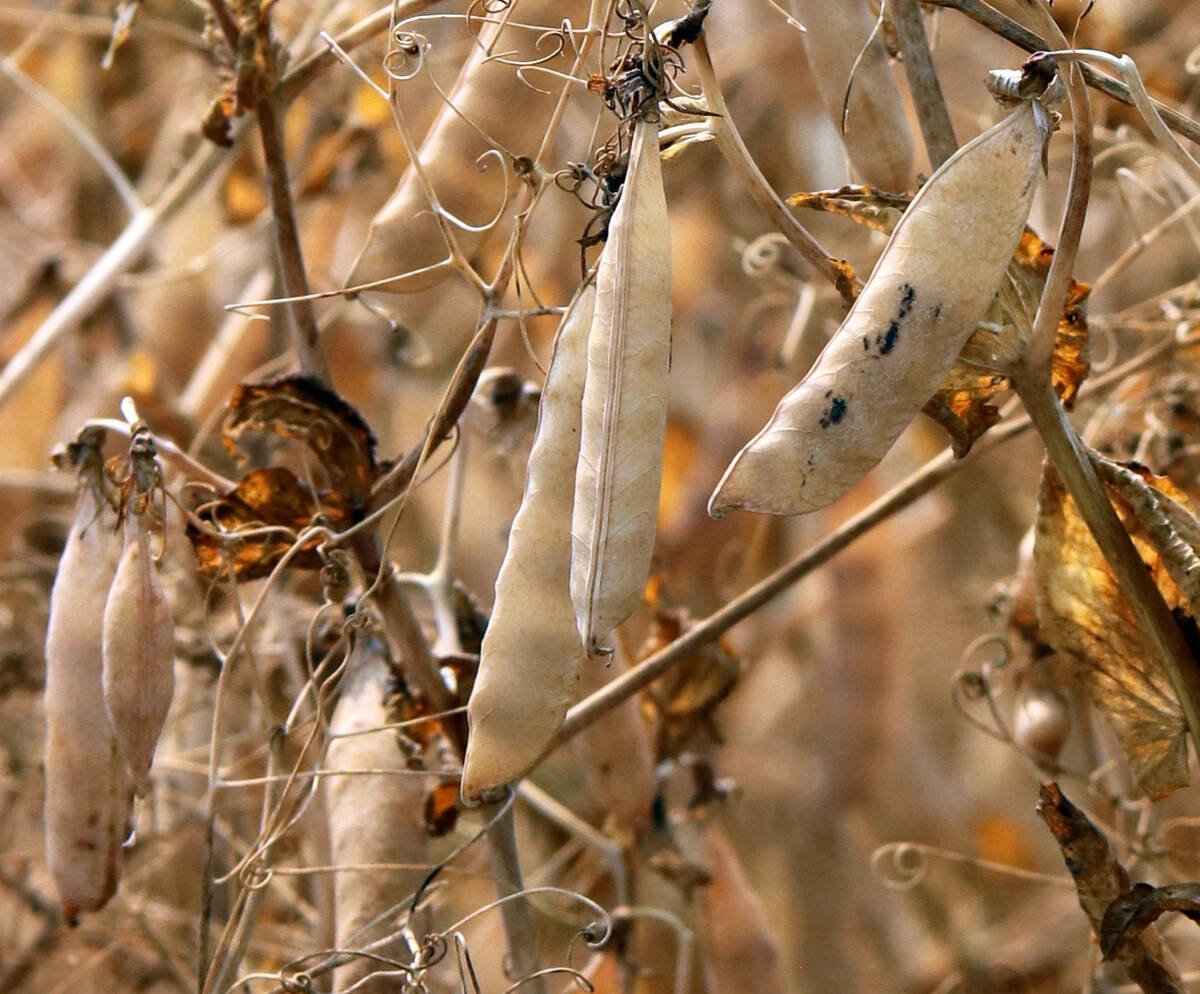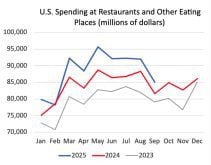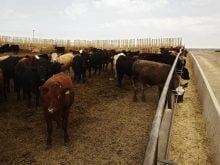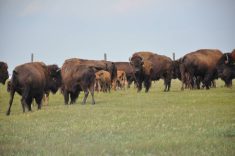Getting new and improved medications on the market for animals and people is a slow process, made even slower when biotechnology is involved. It is a case of the science moving ahead of the regulations.
“Many of these approaches do not have a regulatory framework to handle the approvals,” said Tim McAlister of Agriculture Canada.
Licensing may take five to seven years to get an animal treatment approved and 10 or more years for people, said Richard Harland of Novartis Animal Health.
Further, different government agencies are involved when looking at veterinary medicine versus human health vaccines so approval procedures differ, he said during an agricultural biotechnology conference in Calgary.
Read Also

Trump’s tariffs take their toll on U.S. producers
U.S. farmers say Trump’s tariffs have been devastating for growers in that country.
The process of approval for human use is onerous and as a result some technology for disease prevention might never be available.
On the veterinary side, scientists can work directly with the affected animal rather than try to make analogies with surrogates, like mice used in human research.
For example, DNA vaccines are a 20-year-old technology but have yet to be approved. A snip of DNA of the offending virus can be injected into a vaccine. Research shows the technique works but licensing has been elusive. Instead, more work is being done to improve existing vaccines.
There is also a question of cost and a limited demand for vaccines.
The global animal health market was worth about $15.2 billion US in 2005 while the human applications are worth 40 times that.
Human vaccine is only about two percent of the pharmaceutical market while animal vaccines represent 25 percent of the veterinary health market.















